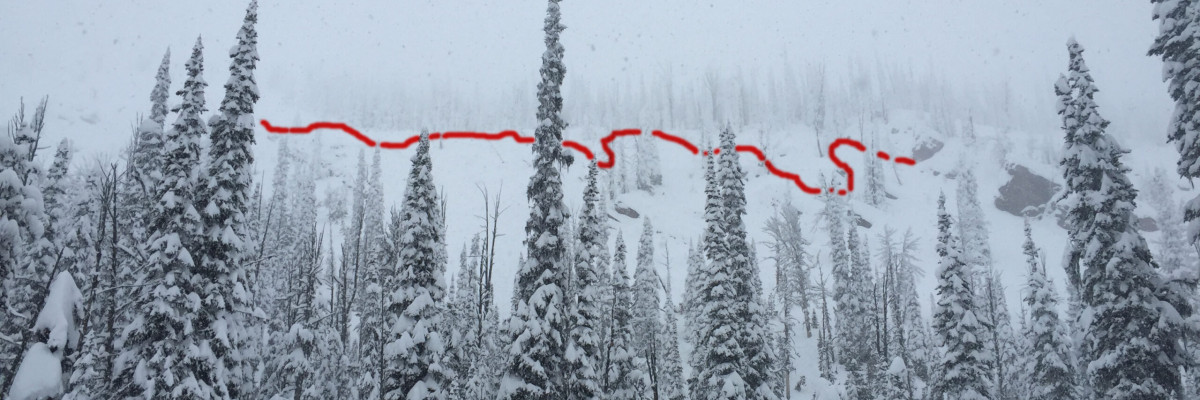The current avalanche danger is CONSIDERABLE for the southern Missions and southern Swan area, natural avalanches are possible and human triggered avalanches are likely. The remainder of the advisory area has a MODERATE avalanche danger.
Good morning this is Logan King with the West Central Montana Avalanche Center’s backcountry avalanche advisory for Thursday, January 21st. This information is the responsibility of the Forest Service and does not apply to operating ski areas and expires at midnight.
WEATHER AND SNOWPACK
There continues to be a great difference in the snowpack and weather for the advisory area from North to South. The northern region of the forecast area has seen 6-12 inches of new snow in the past 48 hours while the southern portion has seen significantly less. Winds this morning are currently light and gusting into the low teens.
The considerable avalanche danger applies to the southern Missions and Swan ranges. A substantial new load has accumulated over the past 48 hours. Tim and I rode into the southern Swan area yesterday and were able to get easy propagations on facets that formed around a melt freeze crust and also found near surface facets to be reactive in compression tests (pit). We came across a group that had triggered a good size slide that is suspected to have run on the near surface facets (pic). Strong snowfall was seen all day at about 1inch an hour. We later received reports of 2 other skier triggered slides on east and north aspects in the area, which were reported to have been storm slabs. The situation continues to be a bit touchy for the northern extent of the advisory area, we received a report of a skier triggered slide in the Rattlesnake yesterday (public obs. 2). With a widespread storm slab problem time will be required for the snow to adjust to the new load and reduce the danger.
For the southern part of the advisory area the avalanche danger remains moderate. The snow from earlier in the week appears to be bonding well and the main concern for the southern reaches will continue to be the wind slabs that formed over the weekend and into the early week. Yesterday, we received a report of a skier triggered wind slab near Gash Point (public obs.) Keep in mind that the wind slabs were formed atypically so treat all suspected wind loaded slopes with caution and use wise terrain management to avoided the wind slabs.
WEATHER AND AVALANCHE FORECAST
The forecast is calling for high pressure to move in today resulting in mild temperatures. This should help to stabilize the snowpack but this will be very short lived as Friday will bring more moisture before the regions cools off again. Friday’s shift will likely result in a rain on snow event to mid elevations which will rapidly increase avalanche danger.
Travis will issue the next advisory on Saturday, January 23rd.














